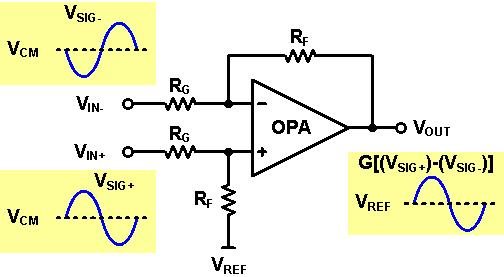Hello,
Can anybody please tell me of an alternative to THS7347/ THS7327 buffers. Actually i need to use an RGBVH buffer for an xga signal and then input the buffered output to TVP7002. Got to know about THS7347 and THS7327 but the problm is that these are non-stock. I have gone through THS7353 's datasheet but i think it cannot be used for XGA with separate sync.
Please let me know about about an RGBVH buffer thats easily available
Thanks in advance
Easlkhn


